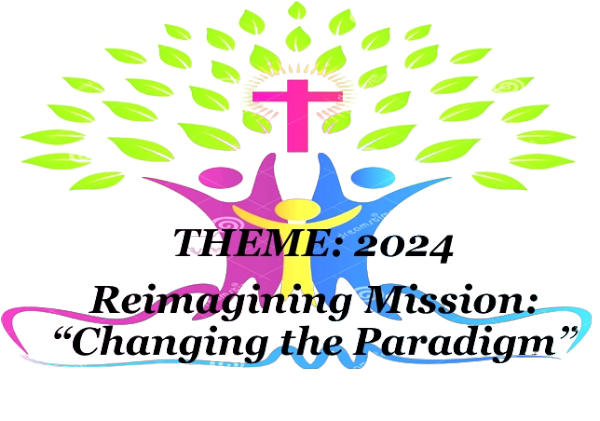Your cart is currently empty!

Agriculture, Relief & Climate Adaptation Livelihoods Project
Agriculture, relief and climate adaptation livelihoods project
Province wide
Province
The Anglican Church of Burundi
Diocese
Gitega
Goal
To enhance, restore and sustain self sufficiency of poor and vulnerable target communities.
Activity
a) Agricultural projects. This component aims at increasing the yields through the popularizing of high yield varieties within communities. The project will supply individual’s farmers or farmers organized into seeds centre multiplication with biological material, including seeds, cuttings, bulbs, manure and pesticides etc. Some crops representing the main foodstuff in some regions have been facing disease (e.g. cassava and taros) or genetic erosion (e.g. maize, wheat).
The project will assist farmers with 18 389 grain seeds, 600 000 cuttings biological planting materials,144 000 bulbs and tubers, 300 000 grasses for trenches over the all year. The material will be certified by official multiplication centers. The project will support some multiplication centers created by the associations of farmers, both technically and financially. The groups may be working on church lands or on private lands. The multiplication centers will be used for trials and demonstration.
The project will sign contracts with specialized institutions (the National Institute of Agricultural Research, the Ministry of Agriculture and Livestock ) so that it can benefit from their experience and technology. The program will conduct an economical and social survey for base line data and an impacts assessment for the previous programs.
b) Soil erosion control. Soil erosion constitutes a serious threat for food production in many regions of the country. The high density of population pushed the cultivation to marginal lands, mainly on steep hillsides. A recent study showed that soil losses are around 400-700t/ha/year. This is a result of rain intensity, land use, land slope and the type of soil. An integrated approach will be adopted and used in appropriate combinations with erosion control methods that stabilize the soil and restore its fertility into the fields. Furthermore, the approach facilitates farming and guarantees the sustainability of works.
The project will train extension workers that help farmers to improve their farming techniques. The soil and water conservation techniques will be coupled to new crop varieties that will be popularized within communities. These include fast growing and drought resistant varieties. The project will sign contracts with specialized institutions ( the Ministry of water, Land Management and Environment) so that it can benefit from their experience and technology.
This complex will use biological techniques buy including green hedge made of different grasses: Pennisetum sp.; Tripsacum sp.; and Setaria sp. and physical techniques by establishing trenches. The technique is simple but effective to control erosion: A double row of grasses is planted on the contours of the hillside.
c) Community Based Disaster Risk Management. Some emergencies, such as drought and floods have severe consequences on the community and the environment. In recent years the number, intensity and consequences both in terms of people affected and financial costs of emergencies and disasters have increased in Burundi; resulting sometimes into food crises. The desire is to have a community that is more aware of, prepared for, able to prevent, mitigate, respond to, and recover from the devastating effects of emergencies or disasters that can affect our families and our properties.
The Church will be focused on contributing in Tool/Book writing and editing. The focus will be community mobilization, risk assessment, program planning in DRR, DRR Implementation, Disaster/Emergency Response, Monitoring and Evaluation in DRR. The Church will continue to work with 250 households in Kirundo by taking mitigation measures at household’s levels.
Outcomes
In agriculture:
- Increase in the level of agriculture production at household levels
- Increase in the level of types, quality and quantity of agriculture productions
- Soil fertility increased over the life of the program
In disaster relief:
- Increase in disaster mitigation and risk reduction strategies
- Increase in number of women and girls engaged in DRRM
- Decrease in the number of deaths or illnesses related to uncleaned water
- Increase in the number of people with access to clean water
In soil erosion:
- Empower communities in erosion control techniques
- Increase knowledge, practices and attitude of women trained
- Inrease in number of staff trained and set up the training received
- Increase number of women and girls trained in erosion control techniques and use
